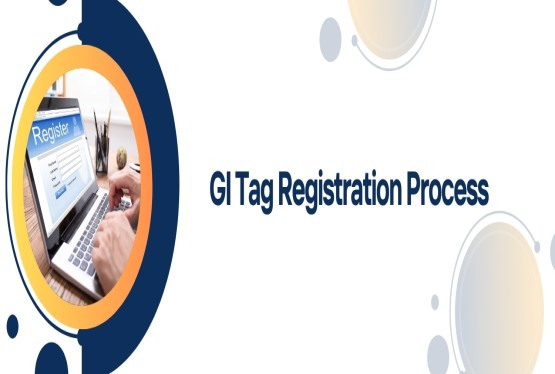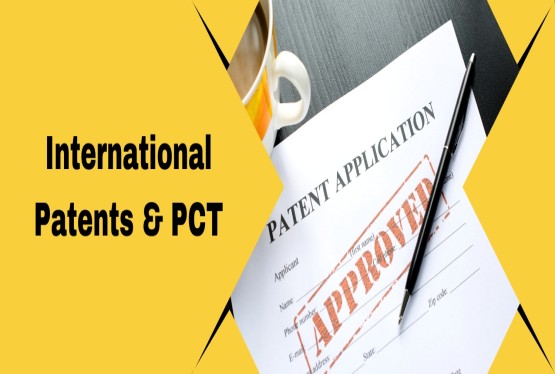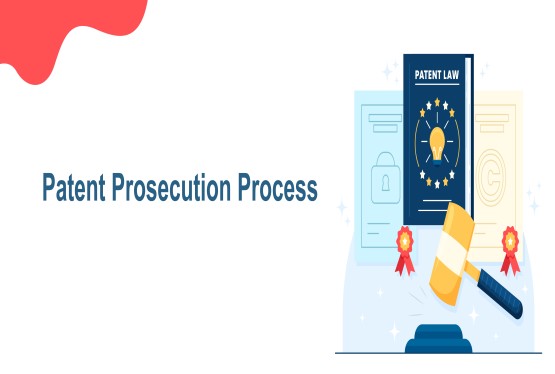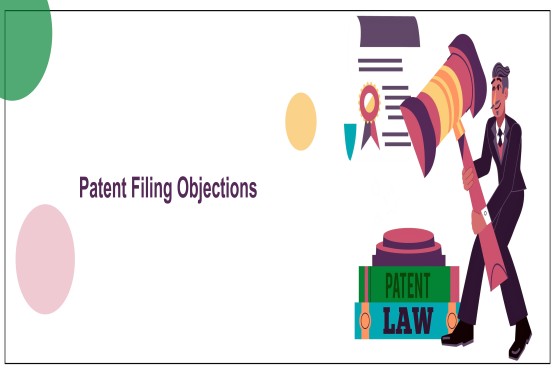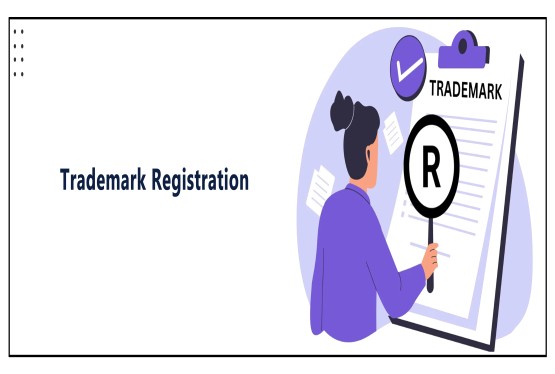Trademark License: A Pathway to Brand Expansion and Revenue
Intellectual Property rights provide the owner/holder with several opportunities, such as an assignment (sale), licensing, and various types of strategic business partnerships or alliances in commercializing it. Traditionally, intellectual property (IP) has been used to protect a company's own goods or services, but the scenario is quite different today as modern businesses are increasingly recognizing the potential of their IP portfolio as a valuable asset. For instance, a trademark license provides a platform for brand expansion as well as revenue generation. This process can be done after trademark registration or before it.
In this article, we will discuss what is trademark licensing, how it can be used to commercialize your trademark and yield benefits out of it, duration and procedure for the registration of such license agreements.
What is a Trademark License?
The term “trademark license” is not defined in the Trademark Act, 1999. However, a License in general is the permission given to someone to do an act. A trademark license authorises a third party (licensee) to use a company's trademark (licensor) in connection with specific goods or services. Using this tool businesses are able to extend their brands into new product lines, markets, or geographic locations/areas without undergoing the full risks of market development and expenses involved in such expansion.
It is important to note that granting a trademark license does not transfer ownership of the trademark. The proprietor of the trademark retains ownership and control over the mark, subject to the terms and conditions of the license agreement.
Types of Licensing Agreement
Trademark licensing agreements can be of different forms, each with distinct levels of rights and exclusivity. The most prevalent licences are exclusive and non-exclusive. Let’s understand what they mean.
- Exclusive License: An exclusive licence gives the licensee the sole right to use the trademark, restricting even the licensor from using or licensing it to others.
- Non-Exclusive License: A non-exclusive licence permits multiple parties to use the trademark, including the licensor, who retains the right to use the mark and grant further Licenses as well.
Any of the above licenses can also include other limitations or limited rights provisions. There is another type of license, called sub-license, that allows the licensee to extend trademark usage rights to third parties, often with the licensor's agreement. These licence types can be further customised with additional limitations or terms, such as geographic restrictions, certain product lines, or time constraints.
The type of licence chosen is determined by the licensor and licensee's business objectives, as well as market conditions and branding strategy.
How is trademark licensing beneficial for my business?
Let’s understand most simply how trademark licensing can be beneficial for your business. The trademark licensing is similar to having a team of committed partners who believe in your brand. These licensees are willing to invest their funds and resources to promote and use your trademark. Now, it’s them who do the heavy lifting of market penetration, allowing you to focus on other aspects of your business while your brand gains recognition and value. Here are some benefits you can yield from trademark licensing:-
-
You can create additional revenue streams by licensing your trademark to as many users as you want. Every time a licensee sells something with your trademark on it, you get a cut. That is your royalty.
-
You can expand into new geographical locations without direct investment in those markets.
-
You can form strategic business partnerships for joint product development, which will benefit both parties and strengthen core businesses.
-
You can also increase advertising efficiency by splitting advertising & promotional costs with licensees.
-
It enables your business to expand into new distribution channels or market segments within the same geographical area, potentially appealing to diverse demographics.
Well, do you know what is the best thing apart from the obvious monetary benefit? Even if you don't have offices everywhere, your brand can gain global recognition. The more the mark is used, the greater the recognition of the brand, which can lead to even more opportunities to license it out. Trademark licensing is an extremely effective approach for growing your brand's influence and market dominance, without requiring as much direct effort or expenditure from you.
Rights of the Licensee
There are certain rights available to the licensee or registered user. He may institute proceedings for infringement in his own name as if he were the registered proprietor.
However, he does not have the right of trademark assignment or transmission with respect to the trademark in question.
Trademark License Registration Procedure
The Trademark Act of 1999 governs the process of establishing a trademark licence in India, and it requires licensed users to register with the Trademark Registry. According to Section 49 of the Trademark Act, 1999, it is essential to register a licensed trademark user with the Indian Trademark Registry. This involves a joint application by the trademark owner and the prospective registered user, submitted through the Form TM-U.
1. Filing of Form TM-U: An Application for registration of registered user will be filed by the registered proprietor and proposed user jointly on Trademark Form TM-U within six months of forming the agreement. Filing can be done either online or offline to the Registrar.
Attest required documents for the registration:-
-
The License Agreement or authenticated copy of the agreement;
-
Document and correspondence, if any mentioned in the agreement or authenticated copies thereof; and
-
An affidavit made by the registered proprietor specifying the agreement's terms and conditions, duration of the permitted use, scope, and any usage limitations. It shall also contain the precise relationship between the registered proprietor and proposed user, if any.
-
Other documents and evidence/information as the Registrar may call upon.
2. Acceptance by the Registry: The Trademark Registry Office examines the submission and, if found satisfactory, registers the proposed user as the “registered user” of the trademark and publishes it in the Trademark Journal. However, a conditional acceptance takes place when conditions/restrictions/limitations are put on the permitted use provided in the license. In such a case, the registrar will issue a notice to the applicant
3. Conditional Acceptance Hearing: The parties may request for a hearing after the Registrar issues notice of conditional acceptance. The Registrar may schedule a hearing within two months following the application. After the hearing, the Registrar may accept completely or conditionally, or reject the application altogether. The order of the Registrar is to be communicated in writing.
4. Publication in the Trademark Journal: When accepted, the Registrar registers the proposed user as the “registered user” of the trademark and publishes it in the Trademark Journal.
5. Notification to Trademark Owner & Other Registered User: The Registry will also notify the trademark owner and other registered users of the same trademark.
Conclusion
Trademark licensing has proven to be an effective tool for businesses looking to enhance their brand exposure and generate additional revenue. The advantages of trademark licensing are numerous. It helps generating revenue through royalties, allows for expansion into varied areas and demographics, stimulates joint ventures, and boosts brand recognition on global scale. All of this is accomplished while you subsist ownership over your valuable intellectual property.
However, it is important to carefully examine the licensing procedure governed by the Trademark Act of 1999. Every business is different, and professional advice can help you understand the legal details, make better licensing plans, and protect your valuable trademark. You can contact us at info@ccoffice.in or WhatsApp/Call at 9988424211.
If you need help with trademark licensing or have questions about trademark registrations, trademark examination process.
Frequently Asked Question
Q1. Who can grant a Trademark License?
Ans. The proprietor of a registered trademark can grant a license. A legal representative or agent authorized by the proprietor may also be able to grant licenses on their behalf. In cases of joint ownership, all owners must agree to grant the license.
Q2. What form do I need to file for trademark licensing?
Ans. You need to file Form TM-U for trademark licensing registration.
Q3. What is the prescribed fee for trademark license registration?
Ans. The prescribed fees (for single mark) for trademark license registration in India are as follows:
-
For physical filing: Rs. 5,000
-
For e-filing: Rs. 4,500
Q4. What is the duration of trademark license agreements?
Ans. There is no specific duration provided by the Indian Trademark Act. The duration or term of a trademark licence agreement is defined by the parties involved and outlined in the agreement.
Q5. Can I renew my trademark license agreement if the term has expired?
Ans. Yes! You can renew the license agreement as soon as its duration has expired.
How can Compliance Calendar LLP help in this whole process?
Compliance Calendar LLP can render complete assistance towards the licensing of the trademark. It will first inquire regarding the validity of the trademark. It is in this case that it will make sure whether the trademark has been registered or not registered. CCL will also identify who is the proprietor of the trademark that is to be licensed.
We ensure that all the legal requirements and formalities have duly adhered to without any delay. It will effectuate the trademark licensing in a more valid and correct approach thereby preventing any delay in the process of licensing of the trademark.































_(b)_of_the_Trademark_Act,_1999_(1)_crop10_thumb.jpg)



_crop10_thumb.jpg)




























_crop10_thumb.jpg)
_crop10_thumb.jpg)






_crop10_thumb.jpg)








_crop10_thumb.jpg)



_crop10_thumb.jpg)




























_crop10_thumb.jpg)

















_crop10_thumb.jpg)






_crop10_thumb.jpg)












































































































































_crop10_thumb.jpg)




































_crop10_thumb.jpg)












_crop10_thumb.jpg)













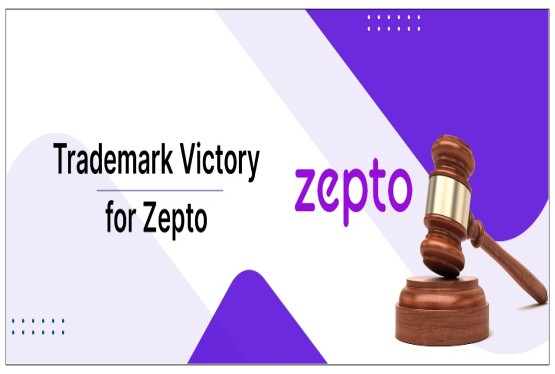




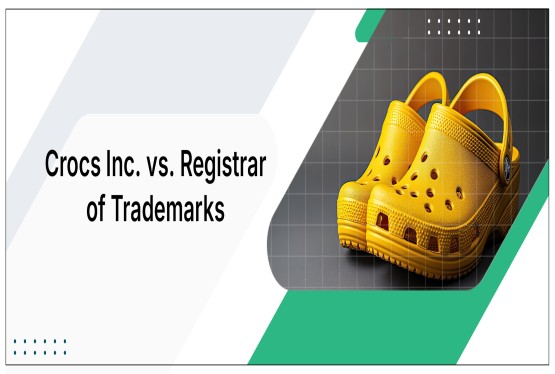




























_crop10_thumb.jpg)

















